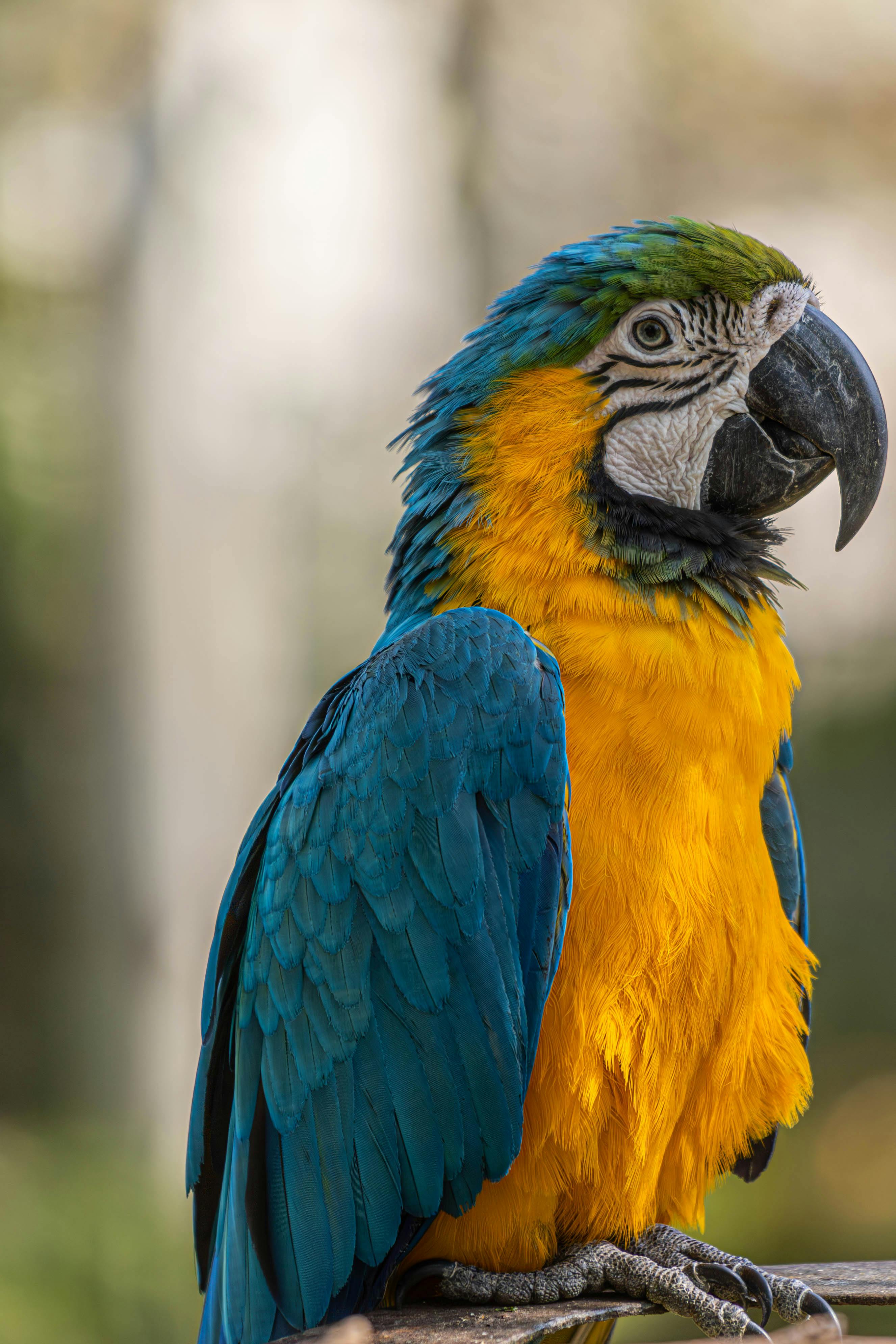Apply Now
Top 5 Effective Tips for Caring for Your Emerald Eye Rasbora
The Emerald Eye Rasbora, also known for its vibrant colors and dynamic behavior, stands out as a beloved choice among tropical freshwater aquariums. This fish exhibits distinctive emerald patterns that not only enhance the tank's aesthetic appeal but also brings lively interactions. Proper care for the Emerald Eye Rasbora is essential to ensure it thrives, making it a rewarding addition to your home aquarium. Whether you're a beginner seeking a compatible community fish or an experienced aquarist looking to expand your knowledge, this guide lays out effective tips for maintaining your emerald eye rasbora and achieving a healthy aquarium ecosystem.
As we delve into the care specifics, you will discover key practices that focus on optimal feeding strategies, water quality management, and selecting suitable tank mates. This roadmap not only highlights the essential needs of this species but promotes sustainable fishkeeping practices. Let's explore the top five tips that will elevate your care routine and make your aquarium a thriving environment conducive to all aquatic life.
Understanding the Aquatic Needs of Emerald Eye Rasbora
To provide the best care for your Emerald Eye Rasbora, it is vital to understand its environmental needs. This freshwater species calls for specific water parameters and tank conditions to flourish. The ideal setup includes a well-cycled tank, temperature maintenance, and a balanced ecosystem.
Water Quality Management
Maintaining optimum water quality for rasboras is crucial for their well-being. Regular water changes and monitoring parameters such as pH, ammonia, and nitrate levels are essential. Experts recommend a pH of 6.0 to 7.5 with low to moderate hardness to mimic their natural habitats. Additionally, ensuring suitable water temperature ranges from 75°F to 82°F can promote a healthy environment for their behavior and breeding activities.
Tank Size and Setup
A suitable tank size for the Emerald Eye Rasbora significantly influences its comfort and social dynamics. Ideally, a minimum of 20 gallons is recommended, particularly for schools of 6-8 individuals, allowing ample space for swimming and interaction. Incorporating live aquatic plants such as Java moss or dwarf sag can provide shelter and enhance the natural aesthetic while contributing to a healthy ecosystem.
Optimal Feeding Strategies
When it comes to feeding emerald eye rasbora, a varied diet ensures their health and vitality. These fish thrive on a combination of high-quality flake foods, micro-pellets, and live or frozen foods like daphnia and brine shrimp. Establishing a feeding schedule that mimics their natural grazing habit—offering smaller portions multiple times a day—will not only improve their nutritional intake but also promote healthy behavior.
Choosing Compatible Tank Mates for Your Rasboras
Once you have a solid understanding of emerald rasbora care, the next step is selecting the best tank mates for rasboras. Compatibility plays a significant role in fostering a harmonious community tank environment.
Community Fish Considerations
Emerald Eye Rasboras are peaceful schooling fish, making them ideal for community tanks. They flourish alongside other non-aggressive species such as tetras, danios, and even peaceful dwarf cichlids. It's important to avoid larger predatory fish that may stress or harm them. Conducting fish compatibility testing ensures a balanced ecosystem, where all species can thrive together.
Social Behavior Enhancements
Understanding fish behavior and community dynamics is vital for preventing aggression and stress. Emerald Eye Rasboras exhibit schooling behavior, feeling secure within larger groups. Providing ample swimming space and hiding spots can mitigate stress factors, making it essential to tailor the community to accommodate their social needs.
Monitoring Fish Health in the Community
Despite being hardy fish, emerald eye rasboras can be susceptible to illnesses prevalent in community tanks. Implementing regular health checks, monitoring their behaviors, and ensuring balanced water conditions play an important role in fish health management. Keeping an eye out for changes in their routines will help you identify any potential health issues early.
Breeding Emerald Eye Rasboras Effectively
If you are interested in breeding emerald eye rasbora, careful planning and management are key. These fish are generally easy to breed, given the right conditions.
Preparing for the Breeding Process
Creating optimal conditions for breeding requires specific water parameters, including slightly acidic pH (around 6.5) and a temperature between 78°F to 80°F. A separate breeding tank is often advisable to reduce stress factors during mating and provide a controlled space for fry development.
Feeding Strategies During Breeding
Nutritional needs can shift during the breeding phase. A diet enriched with protein sources is imperative for both parents and their fry. Implementing optimal feeding strategies that promote health and vitality will enhance breeding success rates. A well-rounded diet comprising live foods can encourage spawning behavior and fry growth.
Providing Natural Habitats for Fry
Emerald Eye Rasboras will typically spawn on the leaves of plants. Providing suitable aquatic vegetation not only serves as spawning sites but also offers hiding spots for fry. Ensuring a natural environment enables fry to develop more effectively, fostering healthy growth and reducing stress.
Maintaining a Healthy Ecosystem for Your Rasboras
Achieving a balanced aquarium ecosystem goes beyond fish care; it involves sustainable aquaculture practices and robust fish health management.
Implementing Eco-Friendly Practices
Practicing sustainability in fishkeeping can greatly contribute to your emerald eye rasbora's health. Using eco-friendly aquarium supplies, selecting plants that naturally filter water, and avoiding harmful chemicals can enhance water quality and promote a thriving aquatic landscape.
Developing a Maintenance Schedule
Establishing an aquarium maintenance schedule is vital for long-term success in fishkeeping. Regular water testing, changes, and monitoring tank inhabitants can prevent health issues and maintain ideal conditions. Incorporate pest control practices and ensure stable water parameters to enhance fish behavior and overall tank dynamics.
Enhancing Environmental Awareness
Educating yourself about fish habitats and their specific needs empowers you to create an environment where emerald eye rasboras can thrive. This education extends to understanding fish interaction, breeding processes, and ecological systems. Emphasizing biodiversity and preserving aquatic habitats further solidifies healthy aquarium practices.

 Its part of generated content. Can i generate another part?
Its part of generated content. Can i generate another part?

 Its part of generated content. Can i generate another part?
Its part of generated content. Can i generate another part? 